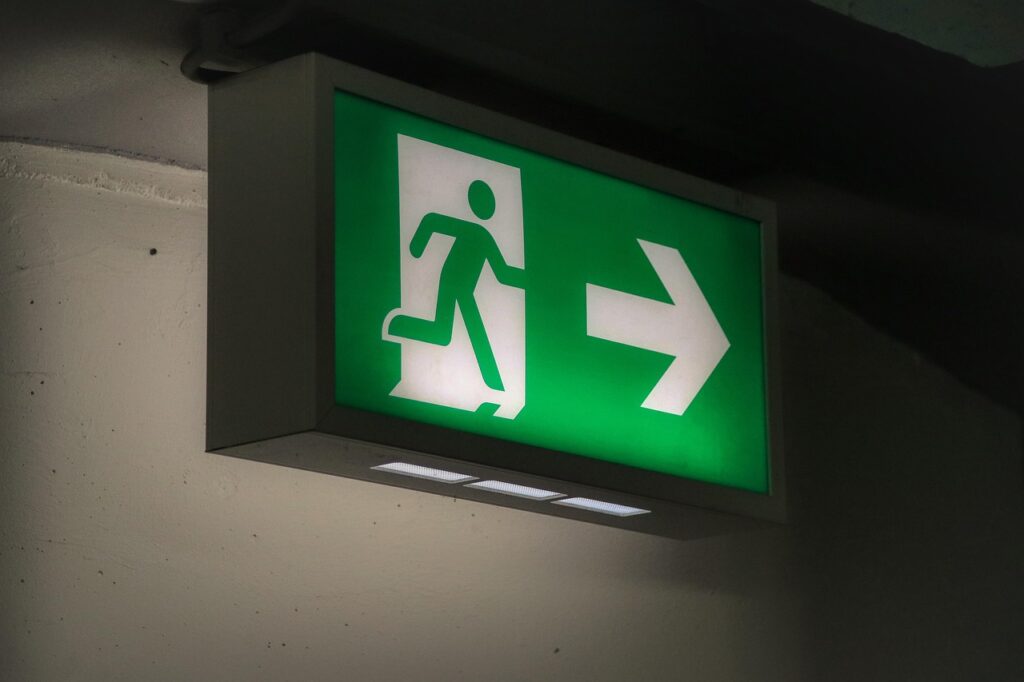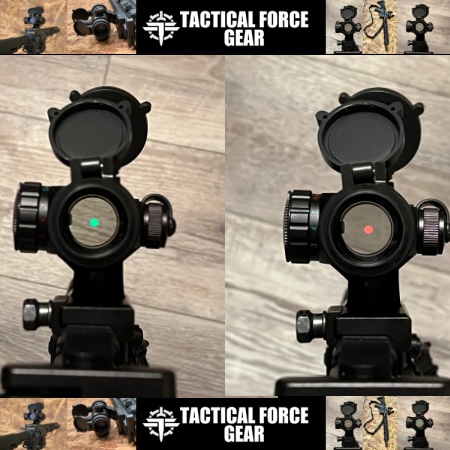Many of us are in the habit of putting our backs to the wall when we sit in a restaurant or similar establishment. We do this so we can keep an eye out for problems that may arise. But that’s only part of the situational awareness equation. The other half is determining multiple points of egress.
Identifying Points of Egress
Any time you enter a business, ask yourself, Where can I go if I need to escape? Quite often, there are multiple answers to that question. It’s a good idea to get into the habit of identifying at least two points of egress everywhere you go. This isn’t difficult, and over time, it’ll become second nature.
Herd Mentality
As we’ve seen from countless real-life emergencies, such as fires in nightclubs or active shooter situations, people will typically head for the door through which they entered. This usually causes a bottleneck, as only one or two people can exit at a time. It’s made even worse when people are pushing and shoving in a panic.
By identifying alternate points of egress, you’ll hopefully avoid getting caught up in that.
Emergency Exits

Just about every business has emergency exits. They’re supposed to be clearly marked, such as with signs on the ceiling pointing the way. The doors are usually alarmed and will sound when opened. As a practical matter, that’s very dependent upon how recently they were tested. Most such alarms are battery-operated, and if the battery is dead, so is the alarm. But either way, the doors should open when you push on the handle.
The downside is that these will be the second-most popular points of egress. As such, they could still be problematic in a dense crowd.
Think Outside the Box
In just about any business, there are other points of egress that may not be obvious to the casual observer. Most restaurants will have a back door in the kitchen. This is where they get deliveries and where they take out the trash. Employees will know it well. Customers, probably not so much.

The same thing applies to retailers. Most of them will have some sort of back room for storage, along with a door for deliveries and whatnot.
In a pinch, a window can be a point of egress as well. Provided, of course, that it’s close enough to the ground for you to safely escape through it. Bear in mind, if you toss a chair or something through a window, all that glass isn’t going to just disappear. You’ll have to navigate over or around it.
Outdoor Venues
The same advice holds true if you’re attending some sort of outdoor function, such as a concert. Identify at least a couple of points of egress and decide how best to reach them. Odds are pretty good that at least one exit can be found backstage, if you’re close enough to get to it quickly.

The takeaway here is simple. If a crisis occurs, expect the main exit to be blocked and know what your alternate points of egress will be, just in case.
Read the full article here













